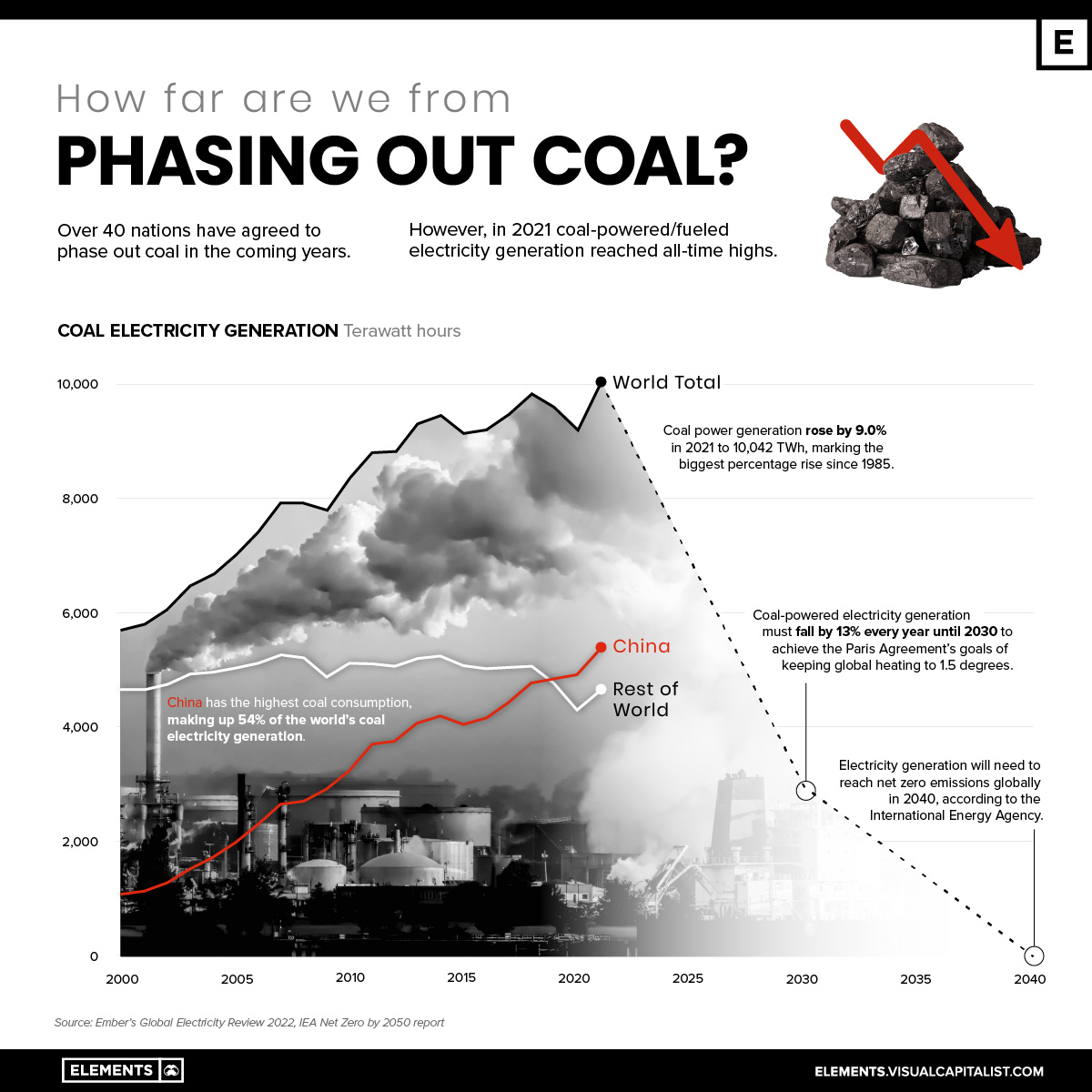Why is Coal Phaseout Necessary?
Coal-powered plants are responsible for a significant portion of global greenhouse gas emissions, which contribute to climate change and its devastating effects. Additionally, these plants release a variety of pollutants into the air, including sulfur dioxide, nitrogen oxides, and particulate matter, which can have serious health impacts on nearby communities. Coal phaseout is necessary to reduce these negative impacts on both the environment and public health.The Process of Coal Phaseout
The phase-out of coal-powered plants is typically a gradual process that involves reducing the plant’s output over time, often through the introduction of renewable energy sources and energy efficiency measures. This allows for a smooth transition away from coal and towards more sustainable and clean sources of energy. One of the key indicators used to measure the progress of the phase-out is the installed capacity of the plant. As the plant’s capacity is gradually reduced, the corresponding amount is subtracted from the balance sheet. Once the plant ceases to operate, its capacity is completely removed from the balance sheet. The closure of coal-powered plants can have significant economic impacts on the communities in which they are located. As such, it is important for governments and energy companies to work together to ensure that the transition away from coal is as smooth and equitable as possible. This can involve providing support for affected workers and communities, as well as investing in new industries and job opportunities in the clean energy sector. The infographic above shows the prospective objectives for the next years for coal phaseout
The infographic above shows the prospective objectives for the next years for coal phaseout
Benefits of Coal Phaseout
The benefits of coal phaseout are numerous. By reducing greenhouse gas emissions and improving air quality, coal phaseout can help mitigate the worst effects of climate change and protect public health. Additionally, the transition to renewable energy sources can create new job opportunities and stimulate economic growth. Renewable energy sources such as solar, wind, and geothermal are becoming increasingly cost-competitive with traditional sources of energy such as coal. In many cases, the transition to renewable energy sources can actually save money in the long term by reducing energy costs and improving energy efficiency.Conclusion
Coal phaseout is an essential process for reducing greenhouse gas emissions, improving air quality, and promoting the use of renewable energy sources. While the closure of coal-powered plants can have significant economic impacts on affected communities, governments and energy companies can work together to ensure that the transition away from coal is as smooth and equitable as possible. By investing in new industries and job opportunities in the clean energy sector, we can create a more sustainable and prosperous future for all.Frequently asked questions
What is coal phaseout and why is it necessary?
Coal phaseout is the gradual reduction and eventual cessation of operations at coal-powered plants, which is necessary to reduce greenhouse gas emissions, improve air quality, and promote the use of renewable energy sources.
What is the process of coal phaseout?
The phase-out of coal-powered plants is typically a gradual process that involves reducing the plant’s output over time, often through the introduction of renewable energy sources and energy efficiency measures. This allows for a smooth transition away from coal and towards more sustainable and clean sources of energy. It is important for governments and energy companies to work together to ensure that the transition away from coal is as smooth and equitable as possible.
What are the benefits of coal phaseout?
The benefits of coal phaseout include reducing greenhouse gas emissions and improving air quality, mitigating the worst effects of climate change, protecting public health, creating new job opportunities, and stimulating economic growth. The transition to renewable energy sources can also save money in the long term by reducing energy costs and improving energy efficiency.








